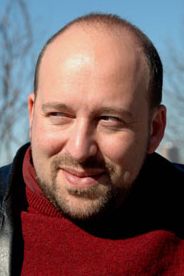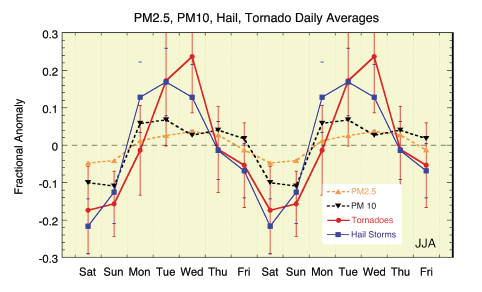 EarthSky has named Gavin Schmidt, a climate modeler based at NASA’s Goddard Institute for Space Studies its science communicator of the year. The first question of an eight minute EarthSky podcast Q & A with Schmidt is below. Listen to the rest of the interview here and see more of Gavin’s appearances in the media here.
EarthSky has named Gavin Schmidt, a climate modeler based at NASA’s Goddard Institute for Space Studies its science communicator of the year. The first question of an eight minute EarthSky podcast Q & A with Schmidt is below. Listen to the rest of the interview here and see more of Gavin’s appearances in the media here.
Give us a sense of what’s really happening with climate change on our planet right now.
I think you want to side-step that question and talk about whatpeople are doing to study this problem. Who are these people who aregoing out and measuring ocean temperatures? Who are these people who aretracking the year-on-year retreat of the Arctic sea ice? Who are thesepeople who are going out and measuring the small processes involved incloud formation, in soil moisture retention, in ocean eddies, inevaporation? It’s these things that we then put together to build thenumerical simulations that I work on, these climate models, that we’reusing to help us piece together what’s happened in the past, what’shappening now, and what’s likely to happen in the future. I think it’s far more important that people get a sense of thescience as a work in progress, rather than one particular message orpiece of content knowledge getting hammered home.


